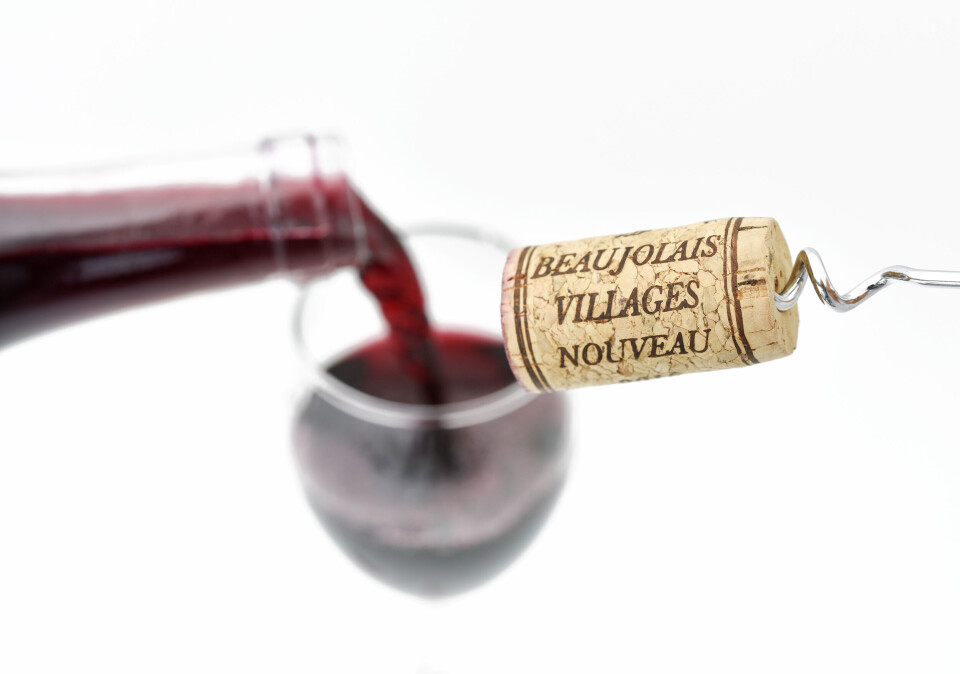-
French doctors begin 10-day strike: most GP surgeries expected to close
Patients needing care should turn to pharmacies, on-call doctors, or emergency wards
-
French weekly weather forecast January 5 - 9: bitter cold and snow
Up to 10cm of snow is due in Brittany and Normandy. Toulouse, Dordogne and the Pays Basque will also see flocons
-
Free fraud service for UK homeowners living in France
Owners are encouraged to sign up for a free monitoring service from HM Land Registry to reduce risk
Beaujolais Nouveau turns 70 with less banana and more cherry flavours
The wine is likely to taste more of red fruits due to a change in the fermentation process

This year’s highly-anticipated Beaujolais Nouveau wine is said to lack the distinctive banana aroma it had in the past due to a change in its fermentation process.
The wine, which distributors have raced to get to markets across the world on the third Thursday of November for the last 70 years, is made from young gamay grapes in the Beaujolais region of France, just north of Lyon.
The release of the Beaujolais Nouveau celebrates the end of the harvest season.
The wine is traditionally made using the carbonic maceration process and artificial yeast, which accelerates the fermentation process and produces amyl ester, the chemical responsible for the banana aroma.
The rush to make the wine in time for Beaujolais Nouveau Day resulted in it becoming largely standardised, with many winemakers using the same processes.
However, over the last few years winemakers have been opting for more natural methods in order to rediscover the original flavours of the Gamay grape. Producers are using different yeast strains which release aromas of red fruits like berries, so this year’s wines are more likely to taste of cherries, strawberries and raspberries.
The tradition of Beaujolais Nouveau Day was initially a marketing ploy to make quick profit from this low-alcohol (around 10%) wine, which was started in 1951. Initially, producers in Beaujolais would race to see who could get their wines to Paris first.
In the 1970s, this became a national event and the time and day of release of the Beaujolais Nouveau wine became mandated by law.
Now, distributors race to get their product across the world and the day is celebrated with festivities (music, tastings, public uncorking of bottles) all across France but also abroad, and in particular in Japan.
Japan received a significant portion of all exported Beaujolais Nouveau in 2019 - estimates vary between a third and a half.
The Japanese are one of the the first to taste the Beaujolais Nouveau due to the time difference with France. Since their economic boost in the 1980’s, they have been big on marking the day, and even celebrating the occasion by bathing in the wine.
Traditionally, the Japanese love to celebrate the different seasons and the release of the Beaujolais Nouveau, which is marketed to be drunk in November, allows for just that.
They drink very little wine during the year so the low tannin content (the compound that comes from grape skins and adds bitterness) of the Beaujolais Nouveau makes it easier for them to consume.
Related articles
Verser un pot-de-vin and more French wine phrases
French ‘hybrid’ wine barrel made of clay and wood 'is the future'
Bad weather means wine production down in France by a quarter
























